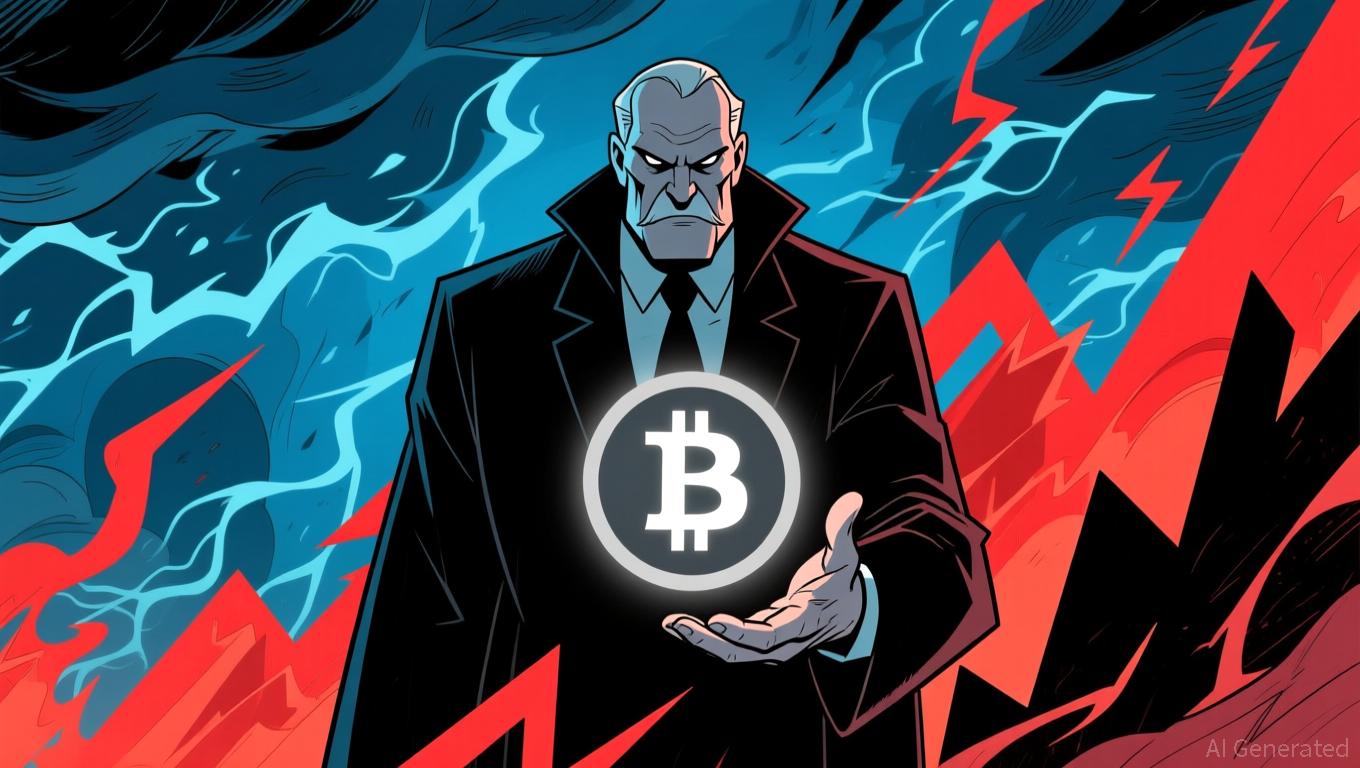Trump’s Tariff Gamble Faces Supreme Court Judgment
- Trump's administration prepares alternative tariff strategies under Sections 301/122 if Supreme Court invalidates IEEPA-based duties, risking legal and enforcement challenges. - IEEPA-derived tariffs (55% of 14.4% average rate) face judicial scrutiny, with lower courts already deeming country-based levies unlawful over "economic emergency" claims. - Potential $88B duty refunds and renegotiations with China/Brazil loom, while crypto markets price in 24% odds of SCOTUS upholding Trump's emergency powers. -
The Trump administration is discreetly developing backup strategies in case the Supreme Court strips away its broad tariff authority, indicating a tactical shift to preserve its trade stance amid legal ambiguity. The White House, which has enacted historic tariffs using the International Emergency Economic Powers Act (IEEPA), is
Courts have already challenged the administration’s use of IEEPA.

The implications go beyond legal debates. A decision against the tariffs could result in over $88 billion in refunds and force new negotiations with countries such as China and Brazil.
The administration’s backup plans also encounter internal obstacles. Section 232 tariffs on steel, aluminum, and vehicles—already a source of friction with Europe—could be broadened, risking breaches of trade agreements.
Experts in law and economics warn that these fallback measures lack IEEPA’s adaptability. For example, Section 122 tariffs expire after 150 days and would need continual renewal, potentially prompting new legal challenges.
The Supreme Court’s verdict, expected by early summer, will reveal how well the administration can adjust.
As the deadline approaches, companies and foreign governments are preparing for ongoing unpredictability. The administration’s contingency plan, though ready, highlights the vulnerability of a trade policy reliant on extraordinary emergency powers.
Disclaimer: The content of this article solely reflects the author's opinion and does not represent the platform in any capacity. This article is not intended to serve as a reference for making investment decisions.
You may also like
Crypto Market Hits Historic Buy Zones Amid Downturn
Bitcoin Drops Below $81,000 Amid Market Volatility
Trump Removes 40% Tariffs on Brazilian Commodities
Bitcoin Updates: Bitcoin's Sharp Decline Highlights ECB Doubts Amid Changing Cryptocurrency Environment
- Bitcoin fell below $90,000 amid ECB President Lagarde's persistent "worth nothing" stance, erasing 2025 gains and causing 13% average investor losses. - Lagarde reiterated Bitcoin's "highly speculative" nature despite its 2025 record high, contrasting with global digital asset adoption and ECB's digital euro project. - Market analysts debate a potential rebound near $87,000, while ECB warns of stablecoin risks amid 48% 2025 volume surge and U.S. regulatory shifts. - ECB's digital euro initiative aims to
